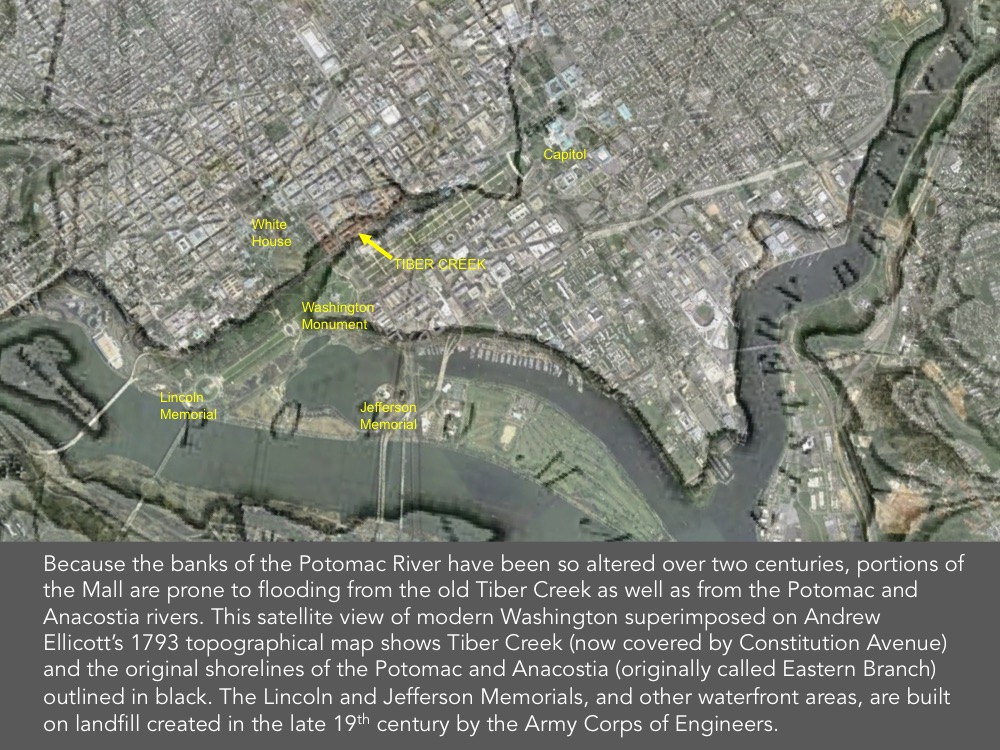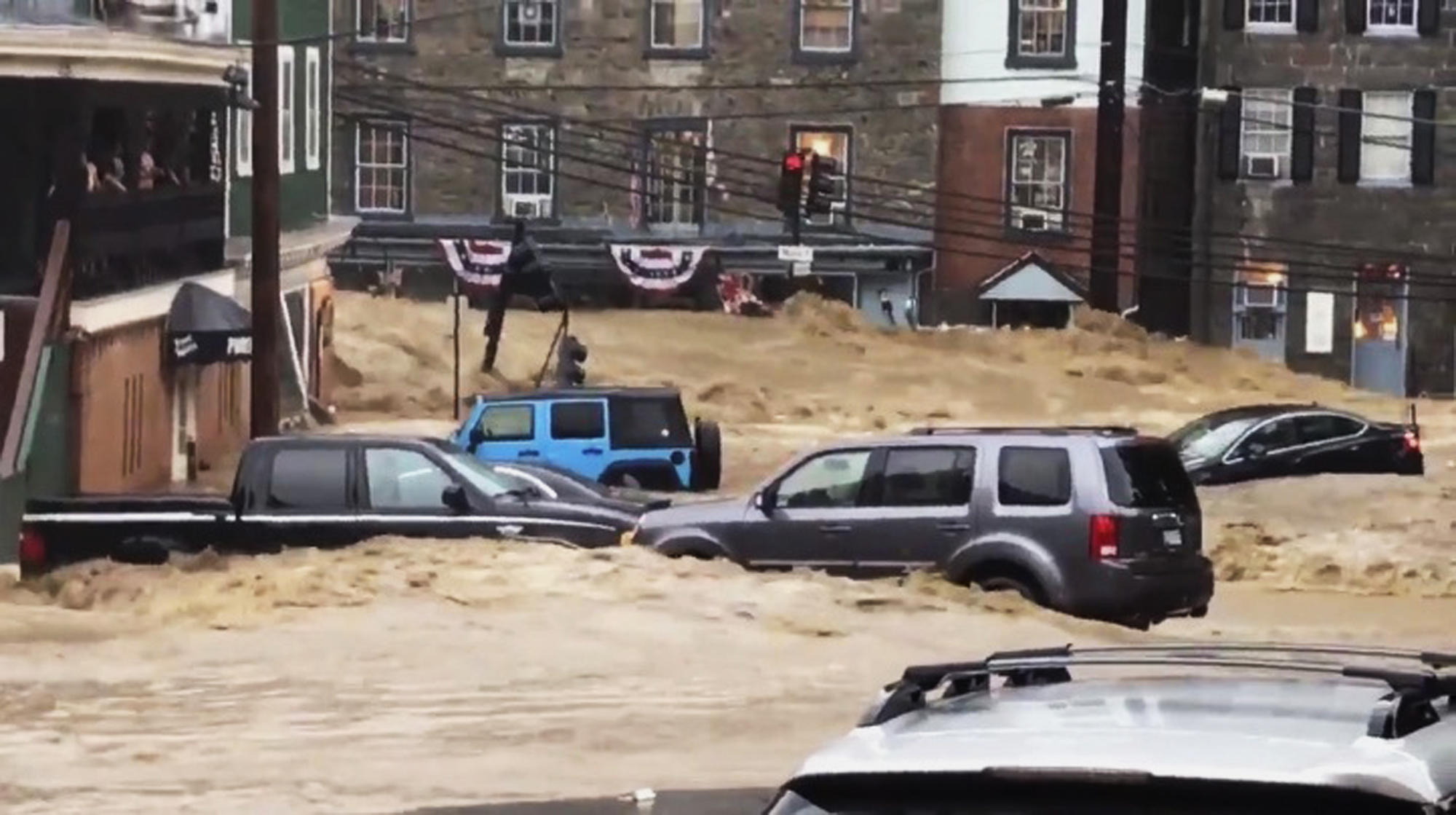

Map of ellicott city flood plain update#
Requires the Office of Planning to update the Hawaii 2050 Sustainability Plan using the Hawaii Climate Change Mitigation and Adaptation Initiative as guiding principles.Īppropriates $10 million from the Capital Development Fund to the Department of Natural Resources for implementation of flood hazard mitigation plans.Īppropriates $375,457,000 for capital facilities projects related to water resource management, including flood mitigation. Repeals the requirement that the office be funded solely through grant funding, making general funds available.Īppropriates $500,000 from the Colorado water conservation board construction fund to continue the floodplain map modernization program.Īuthorizes municipalities to establish climate change and coastal resiliency reserve funds that can be used to fund payments for property losses and land acquisitions due to climate change.Īmends the Kauai Flooding Disaster Relief Appropriation Act to include flood mitigation measures.

Requires a city or county, upon the next revision of its housing element, to include information identifying residential developments in hazard areas that do not have at least two emergency evacuation routes.Ĭontinues the Colorado Resiliency Office. Most states have implemented some form of LID or GI.Īt least 19 states and Puerto Rico enacted legislation in 2019 related to flood mitigation.Īppropriates $997,075 for flood hazard mitigation grants. They tend to mimic natural hydrology and include innovations such as green roofs and permeable pavement. Low Impact Development (LID)/Green Infrastructure (GI) – LIDs and GIs mitigate the risk of floods by storing water.13 bills have failed in the United States Congress concerning floodplain restoration since 2010. 10 states have passed legislation to restore streams or floodplains to mitigate flood damage since 2010. Floodplains store stormwater runoff, reducing the number of floods and their severity. Floodplain and Stream Restoration – Floodplains and streams not only mitigate the risk of floods but can also mitigate bank erosion and benefit local ecosystems.At least 16 states have enacted legislation since 2010 establishing intent, programs, or funds to build floodwater diversion or storage systems. Floodwater Diversion and Storage - Diverting floodwaters into wetlands, floodplains, canals, pipes, reservoirs, or other conduits helps mitigate flooding by allowing for a controlled release of water outside of residential or metropolitan areas.Aquifers are primarily used to mitigate the impact of droughts, so the following descriptions focus on the other three recommendations. The report finds that all four options are consistent with HMA’s requirements and guidelines and will effectively mitigate the impact of climate disasters, including floods. They include elevated structures, property buyouts, permanent relocation, zoning, subdivision, and building codes. Structural solutions have lost popularity over time as old dams and floodgates have failed.įEMA released a report in 2017 called "Innovative Drought and Flood Mitigation Projects" that evaluates four disaster mitigation approaches highlighted by an EPA-commissioned report: "Aquifer Storage and Recovery, Floodwater Diversion and Storage, Floodplain and Stream Restoration, and Low Impact Development (LID)/Green Infrastructure (GI)." The report assesses each approach based on cost, efficacy, feasibility and fulfillment of Hazard Mitigation Assistance (HMA) requirements. Nonstructural measures reduce damage by removing people and property out of risk areas. They include floodwalls/seawalls, floodgates, levees, and evacuation routes. Structural forms of mitigation mitigate harm by reconstructing landscapes. Forms of Flood Mitigationįlood mitigation approaches fall into two categories-structural and nonstructural. Floods are difficult to predict, which means states must be prepared to respond at all times. Floods are the deadliest, costliest and most common form of natural disaster in the United States and in the world. They are caused by hurricanes, heavy rainfall, overflowing rivers, broken dams, overfilled urban drainage basins, tsunamis, water channels with steep sides, and ice- or snow-melt.


 0 kommentar(er)
0 kommentar(er)
